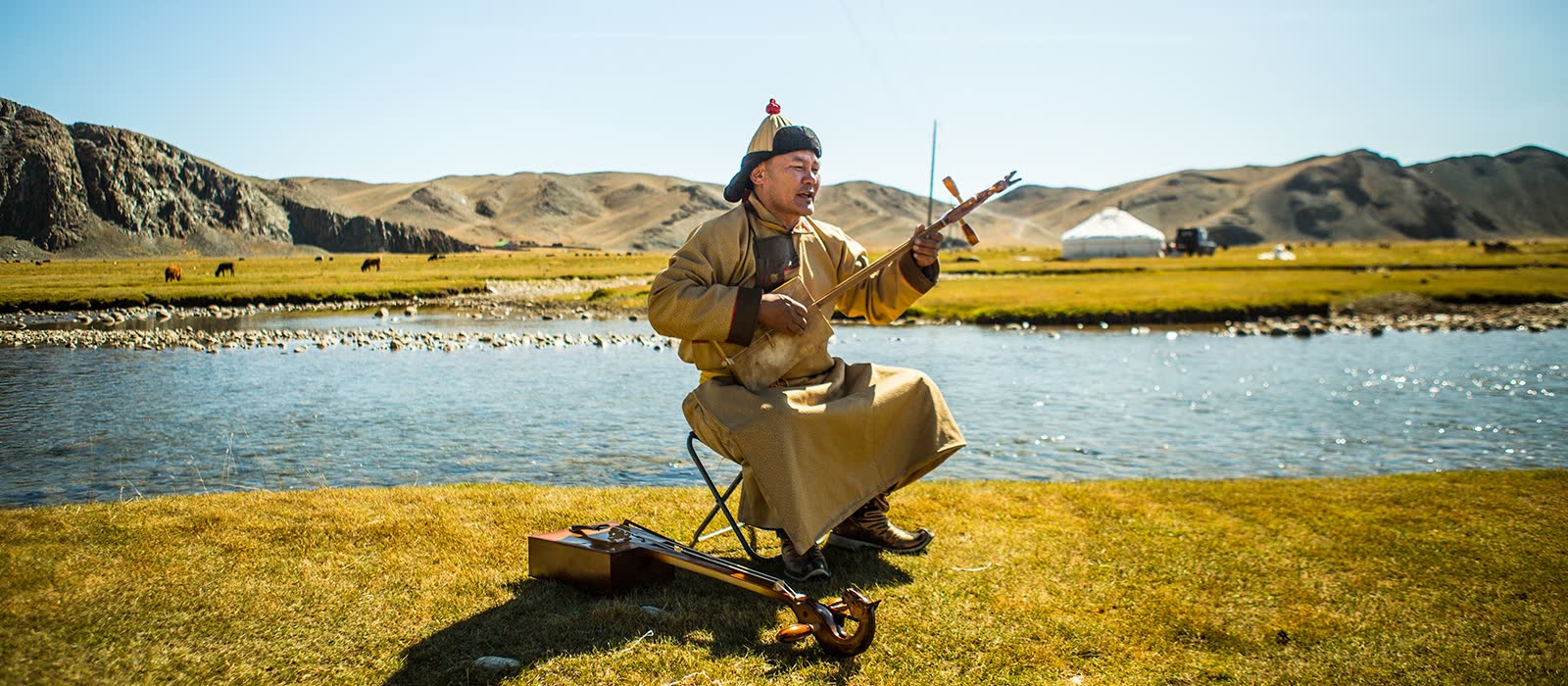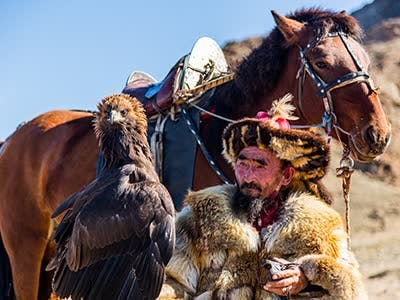Khoomei Throat singing
🎶 Mongolian Khoomei Throat singing
Mongolian Throat Singing, or Khöömei, is a mesmerizing vocal technique where a singer produces two or more pitches simultaneously. Originating from the Altai Mountains and practiced primarily by nomadic herders, this unique form of overtone singing mimics sounds of nature—wind, water, and animals. Khöömei is more than music—it’s a spiritual expression of harmony between human and environment.
Recognized by UNESCO as an Intangible Cultural Heritage of Humanity, throat singing remains a vital part of Mongolian identity.
📌 Quick Facts
| 🔍 Category | Details |
|---|---|
| 📍 Origin | Altai Mountains, Mongolia |
| 🗣️ Name | Khöömei (means “throat” in Mongolian) |
| 👥 Traditionally Sung By | Men, increasingly women in recent years |
| 📅 Cultural Status | UNESCO Intangible Cultural Heritage (2010) |
| 🐎 Connection to | Nature, nomadic life, spirituality |
| 🎤 Performance Style | Solo, duet, or group; often with instruments |

🌟 Highlights
🌀 Multiphonic Singing: Produces a drone and whistle-like harmonics at once.
🐾 Nature-Inspired Sounds: Mimics rivers, wind, animals.
🎼 Accompanied by Instruments: Often paired with morin khuur (horsehead fiddle).
🏞️ Spiritual Roots: Used in rituals, meditation, and storytelling.
🎤 Types of Khöömei:
Sygyt: High whistling overtone
Kargyraa: Deep, growling tone
Khöömei: Middle-range, soft style
🗺️ Nearby Cultural Experiences
🎵 Tumen Ekh Ensemble – See live performances in Ulaanbaatar.
🎭 National Song & Dance Ensemble – Offers professional throat singing acts.
🏕️ Nomadic Family Visits – Experience traditional music in the countryside.
🏛️ Folk Music Museums – Learn about the instruments and evolution of throat singing.
✨ Special Features
Deep Connection with Nature: Throat singing imitates the rhythm and spirit of the steppe.
Passed Down Orally: Traditionally learned from fathers and local elders.
Variety of Styles: Different regions in Mongolia have their own unique forms.
❓ FAQ
Q: Can anyone learn throat singing?
🅐 Yes, with practice and vocal training. Locals often start young by imitating sounds of nature.
Q: Is throat singing only performed by men?
🅐 Traditionally yes, but more women are now performing and being recognized for their talent.
Q: Where can I watch live performances?
🅐 In Ulaanbaatar (e.g. Tumen Ekh Ensemble), or during local festivals in rural provinces.
Q: Is throat singing religious?
🅐 Not religious, but it holds spiritual and animistic significance in Mongolian culture.
🧳 Visitor Tips
📅 Plan Around Festivals – Naadam and local folk festivals often include throat singing.
📸 Ask Before Recording – Always get permission before filming performers.
🎁 Support Artists – Purchase local music CDs or attend small concerts in the countryside.
📖 Dig Deeper – Visit museums and take workshops if available in Ulaanbaatar.
💡 Why Visit or Experience It?
🎶 One-of-a-Kind Sound: Nowhere else produces the same rich harmonics naturally.
🌏 Cultural Depth: A direct channel into Mongolia’s nomadic and animistic heritage.
👂 Sensory Immersion: The vibrations and harmonics are felt, not just heard.
👨👩👧👦 Community Insight: Learn how music and nature blend in Mongolian daily life.
Whether in a concert hall or beside a mountain ger, Mongolian throat singing is a breathtaking auditory journey—one that connects you to the timeless soul of the steppe.
RELATED DESTINATIONS
Discover the rich heritage of Mongolia’s Kazakh people—famed for eagle hunting, vibrant traditions, and life on the rugged Altai steppe.
Witness the ancient art of Kazakh eagle hunting in Western Mongolia—where golden eagles and humans share a bond built on tradition and trust.
Explore Tsambagarav Mountain, a sacred snow-capped peak in Altai mountains, Western Mongolia ideal for trekking, climbing, and cultural discovery.


